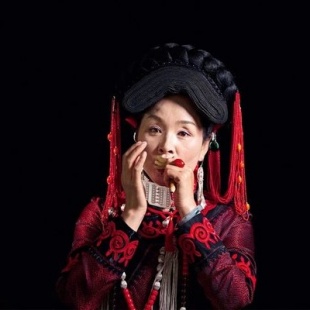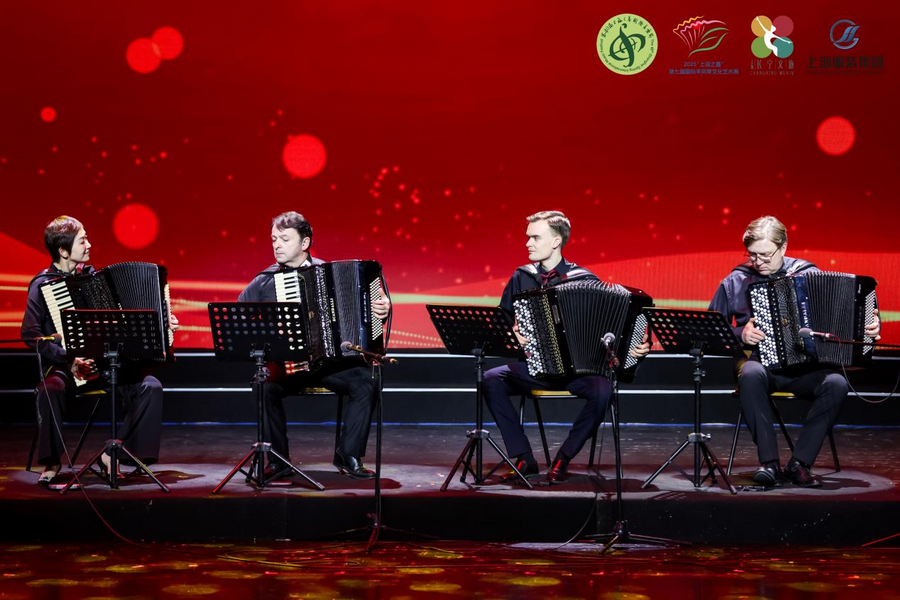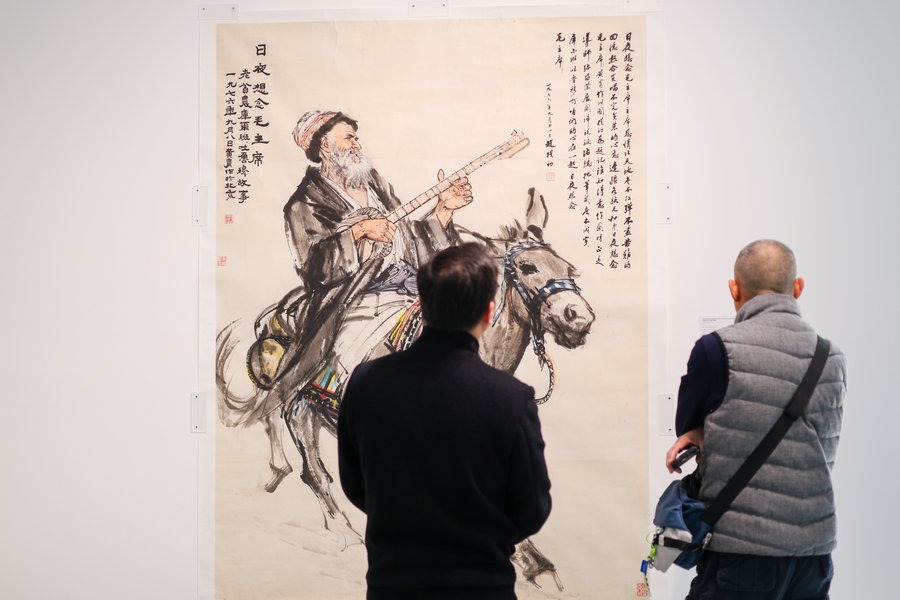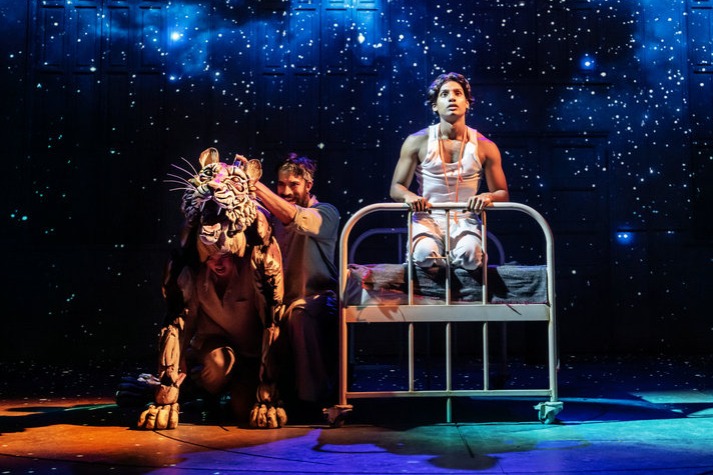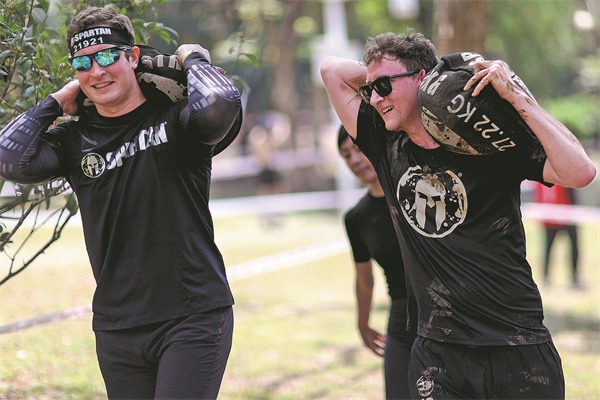'Beginning sound': Ancient jaw harp promotes musical charm over millennia

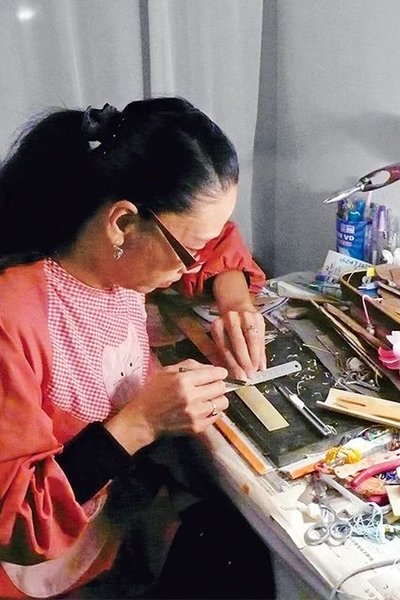
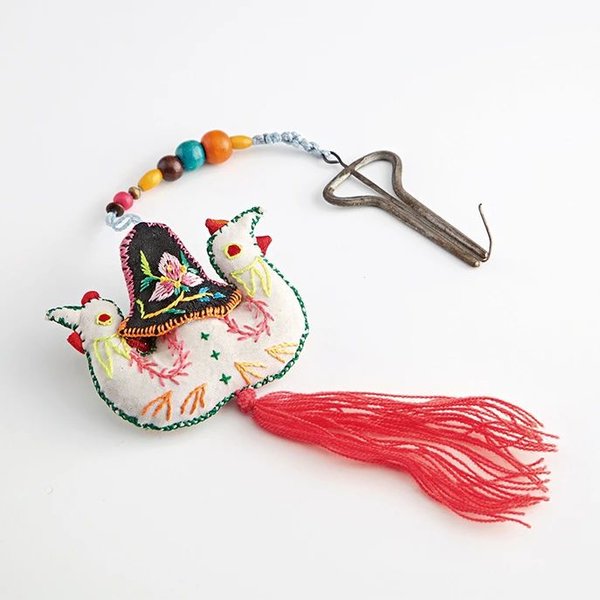
An says her mother first saw kouxian in northwest China's Ningxia Hui Autonomous Region in the 1950s. Nowadays, women still use the instrument to produce sounds that imitate bees buzzing, birds singing, water running, and other commonly heard sounds in nature. An's son, Li Xu, has learned how to make and play kouxian from both his mother and grandmother. He operates a website, on which he posts videos that document the manufacturing and performing of kouxian. He says he wants to arouse young people's enthusiasm for kouxian.
Exhibitions Promoting Kouxian Culture
The Chinese National Museum of Ethnology (CNME) has organized several exhibitions, under the theme of "The Beginning Sound," in recent years, to highlight the culture of jaw harps worldwide. CNME has collaborated with museums, including the China National Museum of Women and Children (in Beijing), Hubei Provincial Museum (in central China's Hubei Province), and Wuxi Museum (in east China's Jiangsu Province), to organize the exhibitions.


